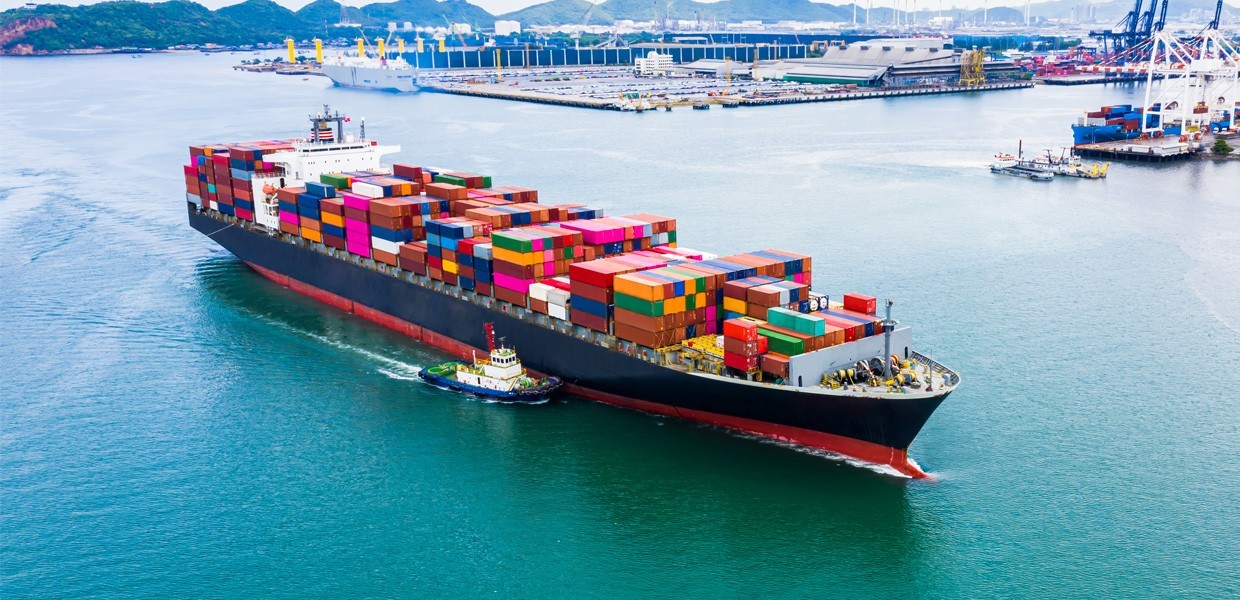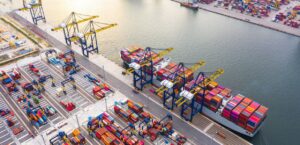There are three main modes of freight transportation being utilised by individuals and companies around the world today. These are air, land and sea freight and they manage to account for the billions of tonnes of cargo shipped across the globe, annually.
Freight transportation is usually done with some combination of these options, however there are some key distinctions that can impact which method is best suited for the purpose. Sea freights transport huge quantities of products and can be responsible for anywhere up to 20,000 containers on a single cargo ship.
The high density of goods that can be stored in a container and the density of cargo on these ships makes this one of the most cost-effective and sustainable means of transporting large shipments internationally. Sea freight can then be sorted further into several cargo categories.
A full container load (FCL) is where you hire one or more full containers to be filled with your goods and sent on a cargo ship to the desired destination. A less than container load (LCL) is the purchase of partial space in shared container for when your load does not warrant a full container’s worth of space.
Roll on roll off (RORO) is an option where one sends a vehicle, rather than a container, on a cargo ship and the sender can store goods safely within their car. There are other categories, such as dry bulk shipping, that offer more specialised services for goods which require unique care.
Sea freight transportation methods are most commonly chosen by people importing goods from countries like China or India or shipping to other faraway places. From families emigrating to companies buying stock from overseas, sea freight transportation is a cost-efficient and reliable option for relocating to another country or ordering goods in bulk from another continent.
Finding a good shipping company will offer experience, dependability and simplicity in your freighting process. They will be able to advise you on the best transport options and navigate the rules and regulations associated with the countries you import from or export to.
Once you have found the right shipping company, they will be able to collect the goods from you or your supplier and move through port and via one of the aforementioned methods to the destination. They will ensure that your bulk cargo is loaded, shipped and delivered safely.
This is especially beneficial for larger shipments as a single box or a few bags may be better suited to a different combination of freight transport methods. It is noteworthy that the times for delivery – which can often be tracked – may vary as the procedures and processes of different countries, ports and customs agencies can cause delays.
Each mode of transport offers certain advantages and disadvantages depending on the type of shipment, the size of the budget and the schedule allowance. Specifically, sea freight is well-known for its extensive benefits as well as some shortcomings.
The main advantage of sea freight shipping is the incredible cost-effectiveness of the mode compared to air and land. This works in conjunction with the other huge advantage of sea freight transportation being its capacity for large-quantity shipments.
Transporting by sea makes maneuvering heavy or large cargo much easier and more reliable. It is also less affected by distance and because of the thousands of containers carried by these ships at once, it is the most environmentally friendly means of international shipping.
Despite the capacity, cost and reach of sea freight transportation, there is a noticeable disadvantage to this mode. The main shortcoming is that moving cargo by sea takes far longer than its counterpart methods. Sea freight shipping can take two weeks to two months – if not handled correctly – and the price could become unsustainable when shipping smaller cargo quantities.
In the end, you have to consider what is best for you and what best suits your shipping needs. Sea freight, as mentioned, is a more cost-effective, versatile, carbon-efficient and size-independent than any of the other freight transportation modes. It is, of course, slower but, if the size and scheduling are suitable to a FCLs or LCLs then there is no clearer answer to what the advantages of sea freight could be for you.
For expert advice, reliable cargo management and world class sea freight transportation, ask M6T’s knowledgeable consultants how we can help you, here or here.



